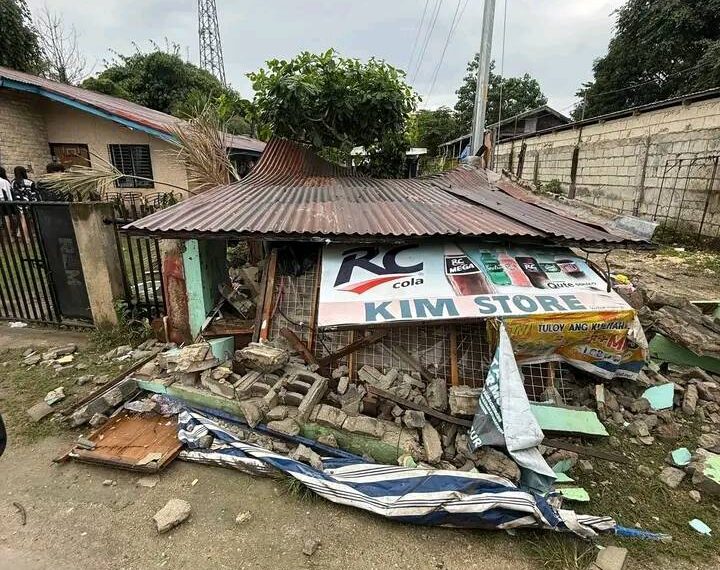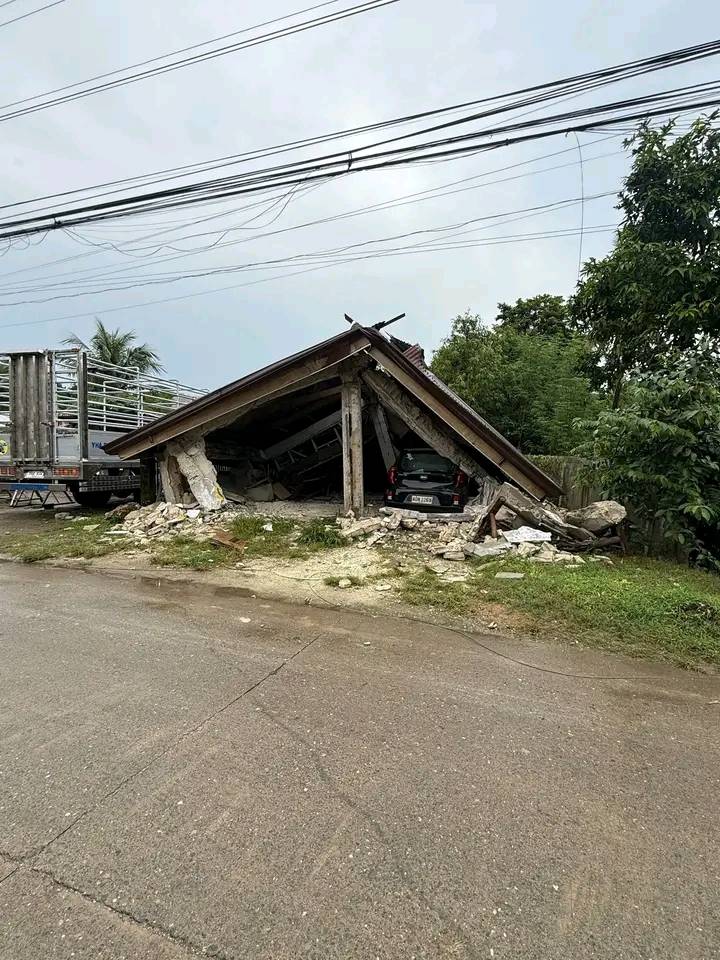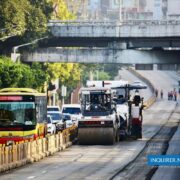Phivolcs expert: Most PH homes substandard, not ready for quakes

Most houses in the country would not withstand a strong earthquake as these structures are often built with substandard materials and usually without the help of professionals, according to an expert at the Philippine Institute of Volcanology and Seismology (Phivolcs).
Recent calamities have shown that most houses tend to collapse or at least sustain damage because homeowners hire only laborers, instead of licensed engineers or architects whose knowledge and training are crucial to building homes.
Rhommel Grutas, supervising science research specialist at Phivolcs, said that was mostly the case in the magnitude 6.9 earthquake that struck Negros Oriental in 2012, the magnitude 7.2 earthquake in Bohol the next year and the magnitude 6.4 earthquake in northern Luzon in 2022.
Phivolcs, he said, is still assessing the buildings damaged by the magnitude 6.9 earthquake that struck northern Cebu on Sept. 30. But the National Disaster Risk Reduction and Management Council said on Sunday that 18,154 houses so far were damaged.
Building specs not followed
In an interview, Grutas noted that “usually with small houses, we would just get, say, a foreman or other skilled laborers. But for materials, you really need an engineer for that.”
Grutas, a civil engineer himself, pointed out, for example, that load-bearing walls which form the main part of a house should be made with 6-inch concrete hollow blocks. Yet a lot of homes in the country are made with hollow blocks four inches or less.
“So, if you’re the owner, and you want to be more economical, more affordable, then that’s what you’ll buy,” he said, adding that most lot owners looking to build a house are unaware of certain standards that must be followed.
Another detail he noted was that many houses do not follow the requirements for putting up the columns of a house.
He said there should be at least four columns in a standard, single-story building, each having a diameter of 16 inches and containing stirrups or steel reinforcements.
“That alone is not being followed, because… when you pour in the [concrete], the owner would not even see the [steel reinforcements]. So they would just put small ones, like 10 millimeters,” he said.
For houses to be resilient to earthquakes, Grutas said owners should observe such standards as being mindful of the materials being used and following laws and regulations such as the Building Code (Presidential Decree No. 1096). (See related story on this page.)
“I understand that others, of course, want to construct a house but their budget is limited,” he said. “Sometimes they would build the first floor first, right, then when they get more funds, the second floor, then the third floor.”

‘Build back better’
“But if you’re aiming for a four-story [structure], then the initial design should account for that,” he said. “If you construct a one-story [house], then with more budget you add two more floors [even if that] was not the intended design, … that’s among the dangerous construction practices.”
To better prepare for “the Big One”—for instance, a 7.2-magnitude earthquake generated by the West Valley Fault that runs through Metro Manila and the provinces of Bulacan, Rizal, Cavite and Laguna—Grutas said there should be stricter regulations on house design.
“In Bohol, there has already been a series of earthquakes, and then the 7.2 [magnitude earthquake in 2013],” he said. “What happened in Bohol is already the Big One, so, it will be good to study how they build back better or how they prepared after the Big One.”
Grutas recalled that almost 40,000 houses were damaged in that natural calamity. “But there were also a lot of open rice fields, unlike in Metro Manila,” he said.
“Think about it. We are waiting for the Big One, but it already happened. We didn’t care because we are waiting for one in Metro Manila, but a 7.2-magnitude earthquake already occurred,” he said. “The same problems resurface, which are the substandard materials.”
Signs of critical damage
For houses already built, whatever the quality of their construction, civil engineering professor Benito Pacheco of the University of the Philippines in Diliman, Quezon City, advises that such structures should still be assessed before they continue to be occupied.
“High intensity earthquakes would be expected to cause damage… as the main line of defense in practical structural design is prevention of immediate collapse that would be life-threatening, but not total prevention of damage,” he said in an email to the Inquirer.
He said a house might be significantly damaged following an earthquake if several or most columns show distress at its top and bottom joints.
The presence of X-shaped cracks from ceiling to floor, across the concrete walls of a house, could also mean the entire floor level has become unstable.
A house may also show no outward signs of damage, Pacheco said, as certain cracks or damage might be hidden by wallpaper or other such decorative finishes.
“At higher floors, more intense shaking would be natural, even in structurally sound buildings,” Pacheco said. “Falling hazards would be more likely.”
It takes about a minute
He reminded the public to “duck, cover, and hold” as an immediate protection from falling hazards during earthquakes, which usually last for “more or less” one minute.
“Once the minute-long strong shaking is over, evacuate to a designated open-air muster area. Return only to reoccupy the house, structure or building after appropriate assessment by building officials or civil engineers,” Pacheco said.
Grutas said that aside from houses, other vulnerable buildings are the “very old, Spanish-period” structures such as churches and other heritage sites—as what happened in Bohol in 2013 and in Cebu last week.
But he said these structures could be retrofitted to make them more resilient to earthquakes without changing their appearance. He said such practice could have prevented what happened to some of the churches in Cebu.





















